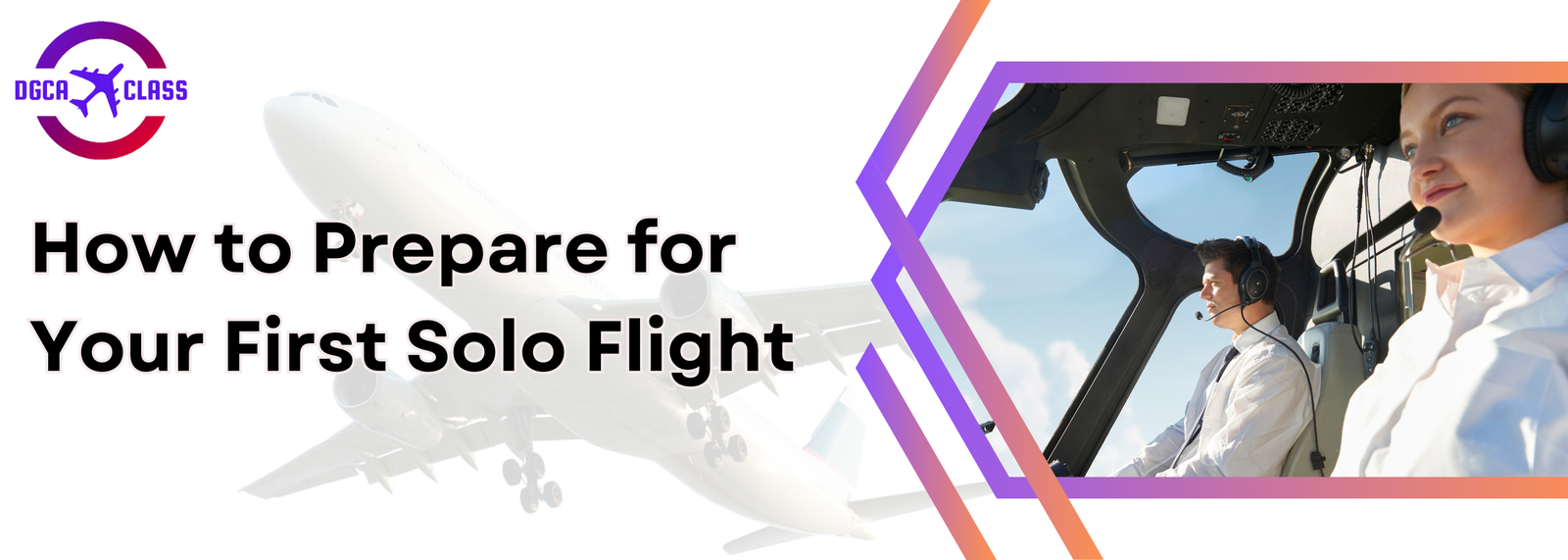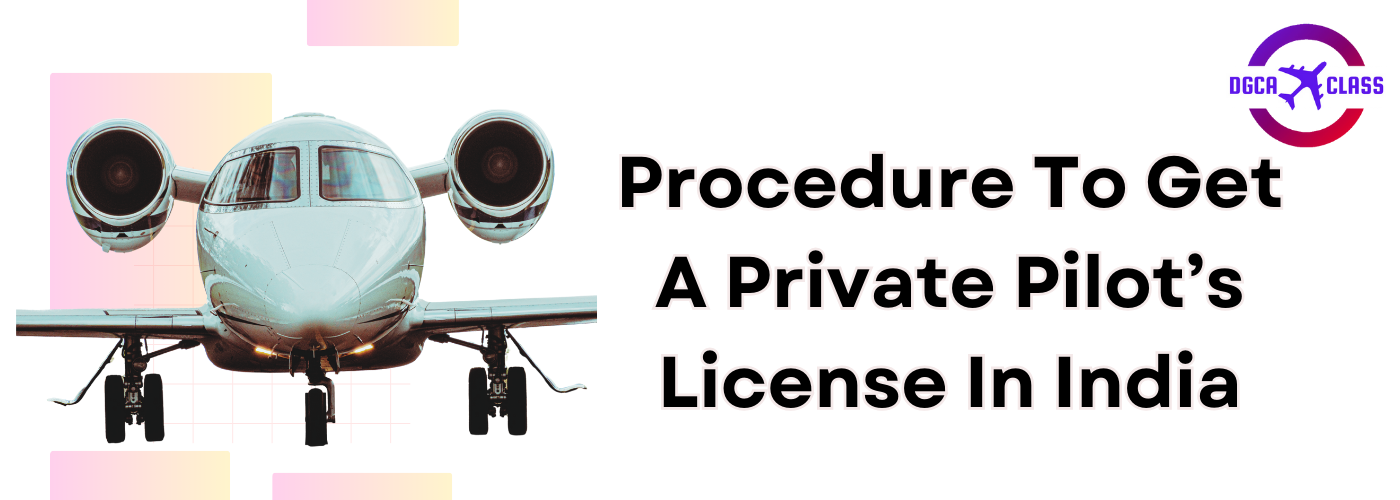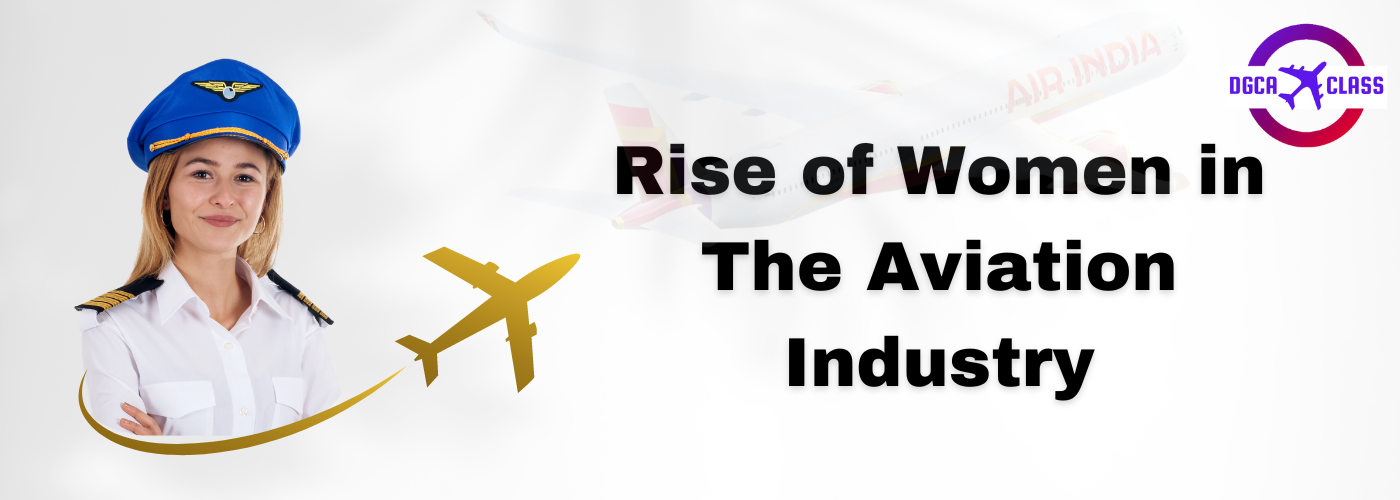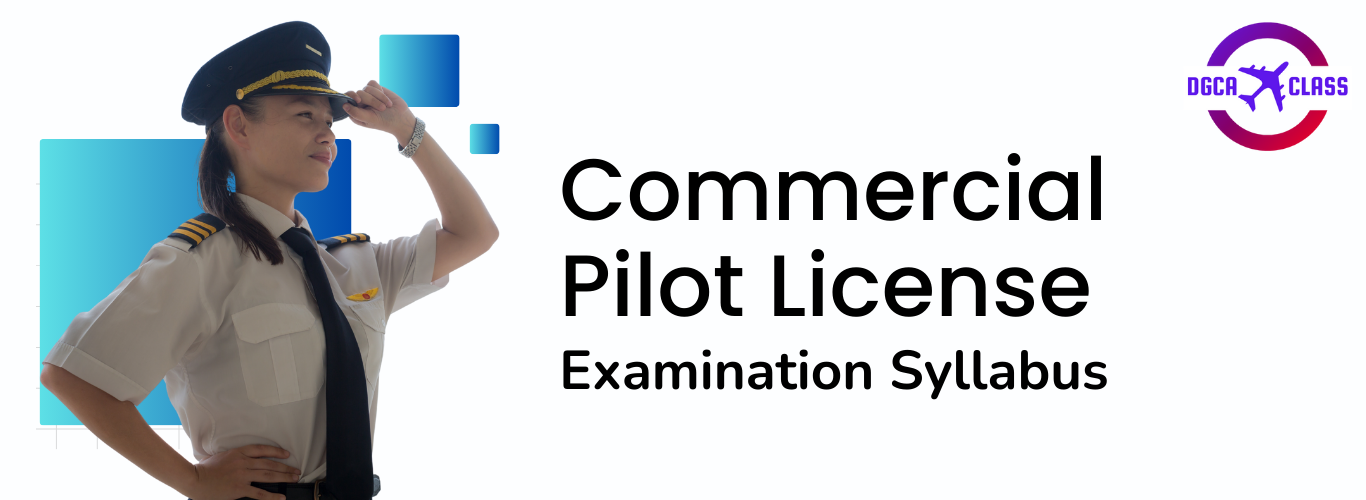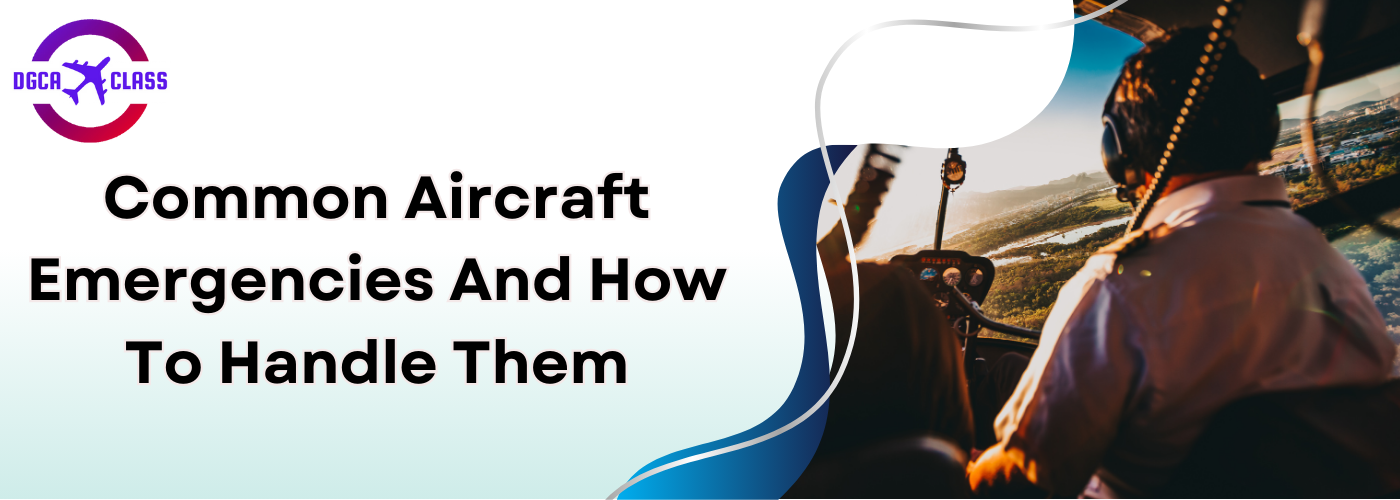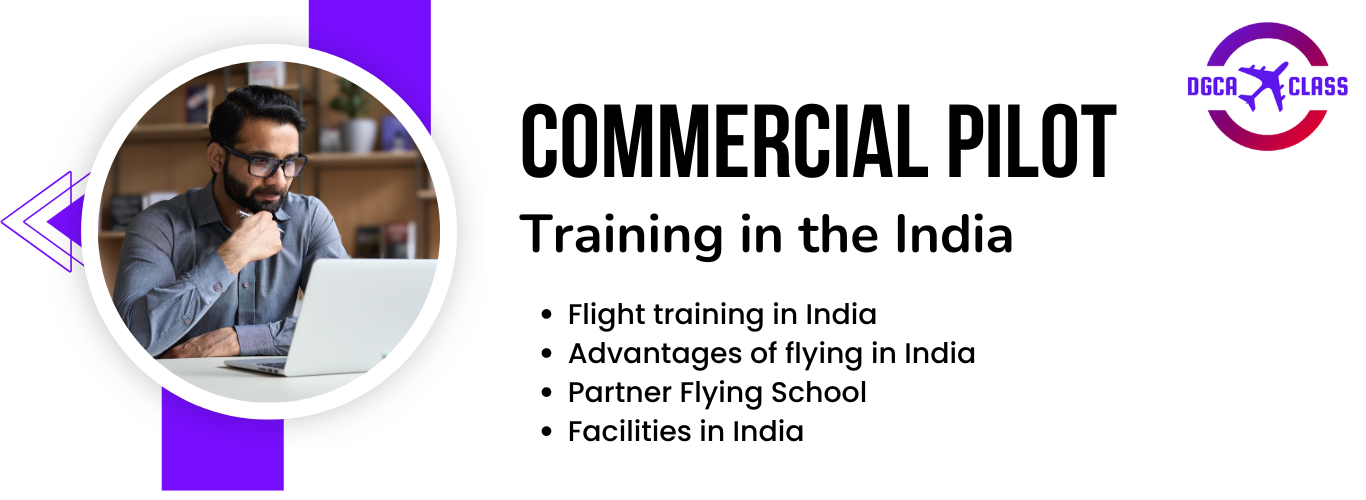Preparing for your first solo flight is a monumental step in your journey to becoming a pilot. It’s a thrilling experience that combines the culmination of your training, knowledge, and skills into a single, independent flight.
While the idea of flying alone can be nerve-wracking, proper preparation can ensure you approach this milestone with confidence and readiness. This guide will walk you through essential steps and tips to help you prepare effectively for your first solo flight.
Before diving into the preparation tips, it's important to understand what a solo flight entails.
-
A solo flight is when a student pilot flies an aircraft alone, without an instructor on board.
-
This milestone demonstrates that the student has reached a level of proficiency and confidence necessary to handle the aircraft independently.
-
It is a critical part of pilot training and a significant confidence booster for the student pilot.
Essential steps and tips to help you prepare effectively for your first solo flight.
One of the most crucial aspects of preparing for your first solo flight is ensuring you are genuinely ready. Listen to the feedback and guidance from your flight instructor.
They will assess your skills and knowledge to determine when you are ready to fly solo. Trust their judgment and do not rush the process. Being overconfident or underprepared can lead to unnecessary risks.
Before embarking on your solo flight, familiarize yourself with the regulatory requirements set by aviation authorities.
Each country has specific regulations and prerequisites for solo flights, including minimum
-
Flight Hours
-
Medical Certificates
-
and Age Requirements
Ensure you meet all the necessary criteria to avoid any legal or safety issues.
During your flight training, you will learn various emergency procedures. It is essential to practice these procedures repeatedly to ensure you can react calmly and confidently in case of an emergency during your solo flight.
Familiarize yourself with protocols for engine failures, loss of communication, and other potential scenarios. Knowing how to handle emergencies will greatly boost your confidence and safety during the flight.
Mental preparation is as important as physical practice. Visualize your solo flight from start to finish, going through all the necessary steps and procedures in your mind.
This mental rehearsal can help you build confidence and make your solo flight feel more familiar. Consider using flight simulators or virtual training tools to enhance your preparation further.
Although you will be flying solo, maintaining clear communication with your instructor and air traffic control is crucial. They can provide support and guidance if you encounter any challenges or require assistance.
Familiarize yourself with the communication protocols and frequencies relevant to your flight. Knowing that help is available if needed can alleviate much of the anxiety associated with flying alone.
Create a detailed flight plan before your solo flight. Consider aspects such as weather conditions, airspace restrictions, and traffic. Plan your route, including checkpoints and emergency landing options.
This preparation will ensure you have a clear roadmap and minimize surprises during your flight. A well thought-out flight plan is key to a smooth and successful solo flight.
Before taking off, go through a comprehensive preflight checklist.
Pay attention to
-
Aircraft maintenance
-
Fuel Levels
-
Control Surfaces
-
and Navigation Equipment
Completing this checklist will help you identify any potential issues and ensure your aircraft is in optimal condition for the flight. A thorough preflight inspection can prevent technical problems that could arise during the flight.
During your solo flight, it’s essential to stay calm and focused. Trust in your training, remain attentive to your surroundings, and adhere to standard operating procedures.
Keep a clear mind and enjoy the experience of taking control of the aircraft on your own. Remember, your training has prepared you for this moment, and maintaining composure is key to a successful flight.
The idea of flying alone can be nerve-wracking, proper preparation can ensure you approach this milestone with confidence and readiness.
Your flight instructor plays a pivotal role in assessing your readiness for a solo flight. They will evaluate your proficiency in handling the aircraft, executing maneuvers, and responding to various flight scenarios.
-
Consistent performance in flight training.
-
Proficiency in executing takeoffs, landings, and flight patterns.
-
Understanding of aircraft systems and emergency procedures.
-
Ability to communicate effectively with air traffic control.
Trusting your instructor’s judgment is crucial, as they have the experience to know when you are truly ready.
Understanding and adhering to the regulatory requirements for solo flight is nonnegotiable. These requirements ensure the safety of the pilot and others in the airspace.
| Requirement |
Description |
| Minimum Flight Hours |
Most aviation authorities require a certain number of flight hours before a student can fly solo. |
| Medical Certificate |
A valid medical certificate ensures you are physically fit to fly. |
| Age Requirements |
Different countries have different age requirements for solo flight. |
Mastering emergency procedures is essential for any pilot. Regular practice of these procedures during training ensures that in the event of an emergency, you can respond effectively.
| Emergency |
Procedures |
| Engine Failure |
Practice simulated engine failure scenarios and know the steps to safely land the aircraft. |
| Communication Failure |
Understand the protocols for loss of communication with air traffic control. |
| Other In-flight Emergencies |
Be prepared for various in-flight emergencies, such as unexpected weather changes or system malfunctions. |
Visualization techniques can greatly enhance your preparedness for the solo flight. By mentally rehearsing each step of the flight, you can reduce anxiety and increase confidence.
-
Mentally going through the preflight checklist.
-
Visualizing the takeoff, flight maneuvers, and landing.
-
Considering different scenarios and how you would respond.
Effective communication with your instructor and air traffic control is vital.
-
Standard communication protocols.
-
Radio frequencies and how to use them.
-
Procedures for requesting assistance if needed.
A detailed flight plan is essential for a successful solo flight.
| Plan |
Discription |
| Route |
Clearly defined route with waypoints. |
| Weather |
Current and forecasted weather conditions. |
| Emergency Landing Options |
Be prepared for various in-flight emergencies, such as unexpected weather changes or system malfunctions. |
| Fuel Requirements |
Ensuring you have sufficient fuel for the entire flight and a reserve. |
The preflight checklist is a critical step in preparing for your solo flight.
| Checklist |
Discription |
| Aircraft Exterior |
Inspecting control surfaces, tires, and overall condition. |
| Fuel Levels |
Ensuring you have enough fuel for the flight. |
| Instruments And Systems |
Checking the functionality of all instruments and systems. |
| Safety Equipment |
Verifying the presence and condition of safety equipment. |
Staying calm and focused during your solo flight is paramount.
-
Deep breathing exercises before and during the flight.
-
Positive self-talk to boost confidence.
-
Focusing on the procedures and steps you’ve practiced.
Preparing for your first solo flight is an exciting and memorable experience. By following these tips and adequately preparing yourself, you can embark on this milestone with confidence and a firm foundation of knowledge.Remember to prioritize safety, trust in your training, and enjoy the journey of becoming a skilled and independent pilot.
Safe travels!
For more detailed information and guidance, consider consulting with your flight school or instructor. Good luck on your first solo flight!
Your flight instructor will determine your readiness based on your performance in training, consistency in maneuvers, and understanding of flight operations. Trust their expertise and assessment.
Regulatory requirements include minimum flight hours, a valid medical certificate, and meeting age criteria set by aviation authorities in your country.
Your flight plan should detail your route, weather conditions, emergency landing options, fuel requirements, and relevant radio frequencies.
Practice deep breathing, positive self-talk, and focus on the procedures and steps you've practiced during training to maintain composure.
Key emergency procedures include handling engine failures, loss of communication, and other in-flight emergencies. Regular practice of these scenarios is crucial.
While you will be flying solo, you can still communicate with air traffic control and, if needed, your instructor through established communication protocols.
The duration of a first solo flight typically ranges from 20 to 40 minutes, depending on training requirements and flight plan specifics.
Inspect the aircraft exterior, check fuel levels, verify instrument functionality, and ensure safety equipment is present and in good condition.
Follow your training, communicate with air traffic control, and refer to your flight plan for alternate routes or emergency landing sites.
Visualization helps build confidence and familiarity with the flight process. Mentally rehearse each step, from pre-flight checks to landing, to reduce anxiety and prepare thoroughly.
You will know you are ready for your first solo flight when your flight instructor confirms your proficiency and gives you the green light. Trust their expertise and guidance throughout your training.
The regulatory requirements for a solo flight may vary depending on your country. Ensure that you meet the minimum flight hours, age requirements, and possess the necessary medical certificates as mandated by the aviation authorities.
During your first solo flight, you can expect a sense of independence and freedom as you take command of the aircraft. However, it is vital to remain focused and follow all the procedures you’ve learned during your training.
While you will be flying solo, you can still communicate with your instructor and air traffic control if you require assistance. Clear communication channels ensure that you can seek guidance if needed.
The duration of your first solo flight will depend on various factors, including your flight plan and the training requirements. Typically, it can last anywhere between 20 minutes to 40 minutes.
